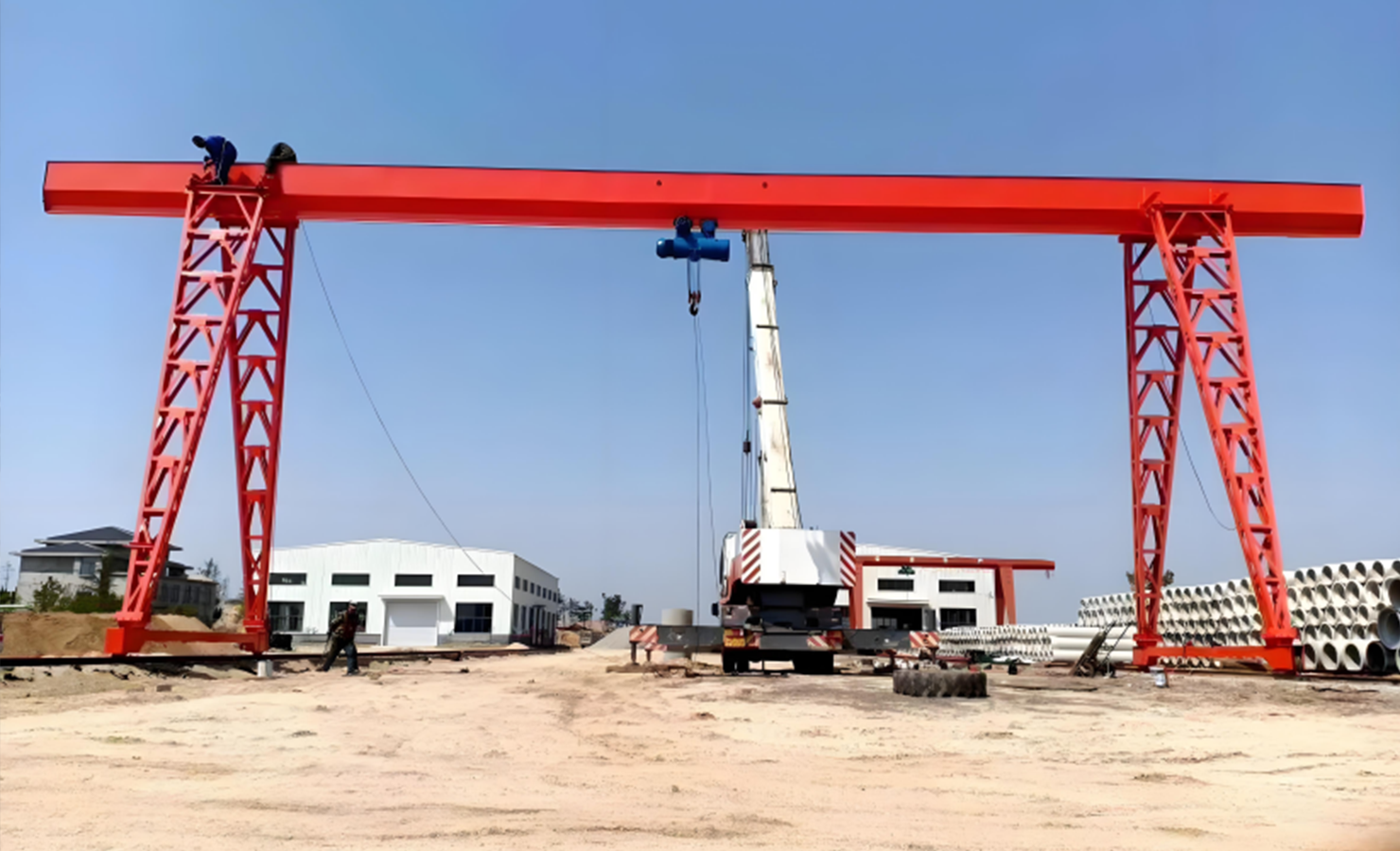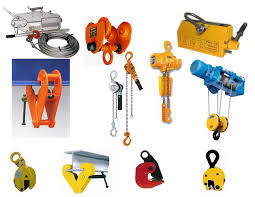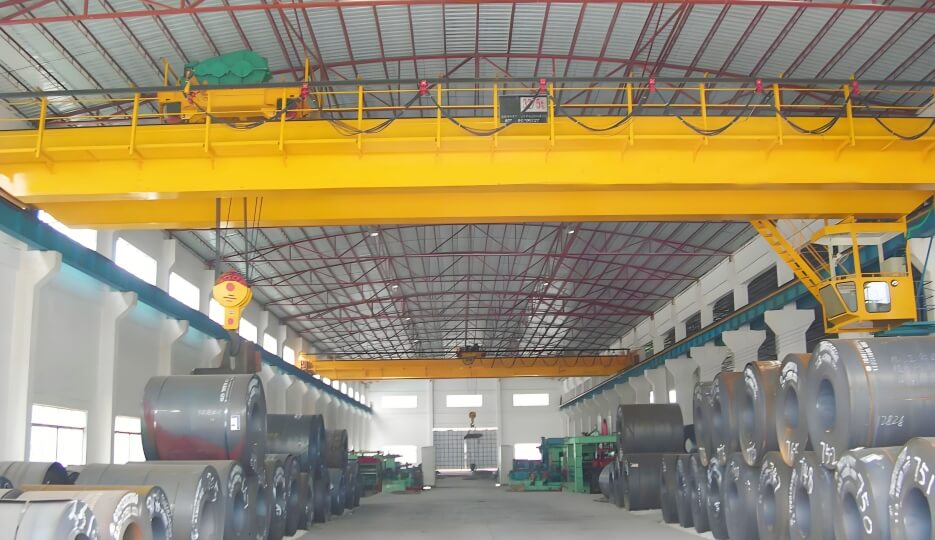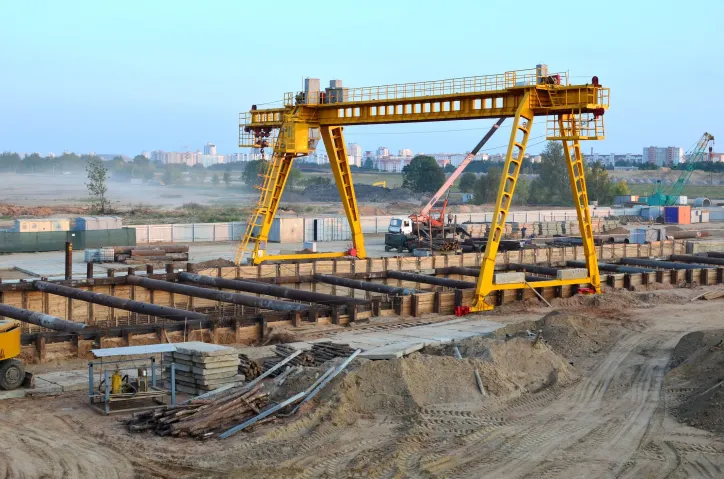Gantry Crane Operation Guide: Avoid Common Mistakes and Improve Safety
Are You Operating Your Gantry Crane Safely?
Many factory managers and crane operators often ask:
-
“How do I ensure my gantry crane is operated correctly?”
-
“What inspections must be done before starting work?”
-
“Which mistakes are most dangerous but commonly overlooked?”
Introduction
Gantry cranes are essential heavy-duty machines widely used in industrial production, logistics, and warehouse operations. They are designed to handle large and heavy loads efficiently. However, improper operation can lead to reduced productivity, equipment damage, or even severe accidents. This gantry crane operation guide will help operators understand correct procedures, improve efficiency, and enhance workplace safety.
1. Pre Operation Checklist: What Should You Do Before Starting a Gantry Crane?
Before initiating lifting operations, operators must complete thorough preparation and inspection:
-
Training & Certification: Ensure you have received professional training and hold a valid qualification or operator certificate.
-
Work Area Preparation: Remove obstacles within the crane’s path, plan the lifting route, and set warning signs if the operation is near personnel. Always keep at least 1.5 meters of safety clearance.
-
Load Verification: Double-check the load weight. Never exceed the rated lifting capacity.
-
Rail and Track Inspection: Confirm rails are free from cracks or deformation, bolts are tight, and surfaces are clean to prevent slippage.
-
Visual Equipment Check: Inspect the main beam and end beam for cracks or deformation. Verify trolley movement is smooth and check the hook for cracks or excessive wear (should not exceed 10% of original size).
-
Lifting Tools: Ensure wire ropes are free of broken strands or twisting, chains are flexible, and connectors are secure. Align the lifting center of gravity with the hook line to prevent uneven stress.
Operators should also verify that all control levers are at zero position, safety devices are working, and access doors are closed. If unusual noises, oil leaks, or faults are detected, stop operations immediately.
👉 For more details on selecting the right equipment, read our guide: How to Choose the Right Gantry Crane.

2. How to Safely and Efficiently Lift Loads with a Gantry Crane
To achieve both safety and efficiency during lifting:
-
Clear Communication: Agree on hand signals with ground personnel (e.g., “hand up = lift,” “wave = stop”) or use radios on a clear channel.
-
Trial Lift: Conduct a test lift a few centimeters off the ground to confirm brakes and lifting tools are working.
-
Smooth Operation: Avoid sudden starts or stops. If the load swings, stabilize it before continuing.
-
Wire Rope Management: Ensure ropes are neatly wound on the drum, with at least three full turns remaining when fully lowered.
-
Controlled Lowering: Lower loads slowly, especially near the ground. Place loads on pads higher than sling thickness to protect rigging.
-
Rebinding: If slings slip or the load tilts, stop lifting and re-sling on the ground. Never adjust slings in mid-air.
In case of brake failure, shift the lever to the “up” position, then hit the emergency stop button. During power outages, set controls to neutral, switch off the main power, and wait for assistance.
👉 Learn more about working conditions vs. price factors in our Gantry Crane Buying Guide.

3. Dangerous Practices to Avoid When Operating a Gantry Crane
Certain unsafe behaviors significantly increase the risk of accidents and must be strictly avoided:
-
Climbing the crane ladder or walkway while carrying tools.
-
Operating with malfunctioning limit switches, damaged cables, or exposed wires.
-
Forcing operations when hooks or trolleys have reached end limits.
-
Overloading or lifting near rated capacity without a trial lift (30 cm off the ground for 10 seconds).
-
Using gantry cranes to lift people.
-
Side pulling or diagonal lifting – always align the hook directly above the load’s center of gravity.
-
Allowing personnel under suspended loads. Post warning signs like “No Standing Underneath.”
-
Lifting loads unnecessarily high. Maintain 30–50 cm clearance above obstacles to prevent swaying.
-
Leaving the control room unattended without first lowering the load, cutting power, and locking doors.
Following these precautions not only ensures personnel safety but also extends the service life of the crane.
👉 Explore why SLKJCrane is trusted worldwide: Global Gantry Crane Manufacturer – ISO & CE Certified.
Conclusion: Safe Gantry Crane Operation Protects Both People and Equipment
By following this gantry crane operation guide, operators can significantly reduce accidents, enhance workplace efficiency, and prolong equipment lifespan. Remember, safe operation is as important as proper equipment selection.
If you are looking for a reliable solution, SLKJCrane not only provides high-quality gantry cranes tailored to your working conditions but also offers operator training programs to help your team master safe practices.
Conclusion – Ensure Reliable Operation with SLKJCrane

Expert in Overhead Crane/Gantry Crane/Jib Crane/Crane Parts Solutions
Eileen Hu
With 20+ years of experience in the Crane Overseas Export Industry, helped 10,000+ customers with their pre-sales questions and concerns, if you have any related needs, please feel free to contact me!
Frequently Asked Questions (FAQ) About Gantry Crane Operation Guide
Operators must undergo certified training and hold valid qualifications before operating any gantry crane. This ensures compliance with OSHA safety regulations and minimizes workplace risks.
-
Daily: Visual checks on hooks, wire ropes, brakes, and controls.
-
Monthly: Functional inspections of limit switches, hoists, and trolleys.
-
Annually: Comprehensive third-party safety inspection.
No. Gantry cranes are strictly designed for lifting cargo, not personnel. Using them to transport people is extremely dangerous and prohibited.
Set all controls to neutral, switch off the main power, and remain inside the control cabin until assistance arrives. Never attempt to restart without authorization.
This depends on load capacity, span, working environment, and operating conditions. Read our detailed guide here: How to Choose the Right Gantry Crane.
Workshop Small Lifting Equipment Guide | Electric Hoists, Jib Cranes, Gantry Cranes
Complete Guide to Workshop Small Lifting Equipment: Electric Trolley, Electric Hoist, Winch, Jib Crane & Lightweight Gantry Crane
Small Portable Gantry Crane | Indoor & Mobile Lifting Solutions by SLKJCrane
Industrial Lightweight Lifting Solution: How to Choose and Use a Small Portable Gantry Crane What Is a Small
Double Girder Overhead Crane: Types, Price & Duty Class Guide
Double Girder Overhead Crane: Types, Pricing, and How to Choose the Right Duty Class Why Choosing the Right
Gantry Crane Operation Guide | Safe Use, Inspection & Training – SLKJCrane
Gantry Crane Operation Guide: Avoid Common Mistakes and Improve Safety Are You Operating Your Gantry Crane Safely? Many
Contact Us Now
Have questions about our cranes or need help?
Reach out to our friendly team for expert support and guidance.
We are here to help you power your journey towards a greener future !
Tel: +8615738677559
E-mail: info@slkjcrane.com
Whatsapp: +8615738677559
Address: Crane Industry Park, Xinxiang City Henan Provice





